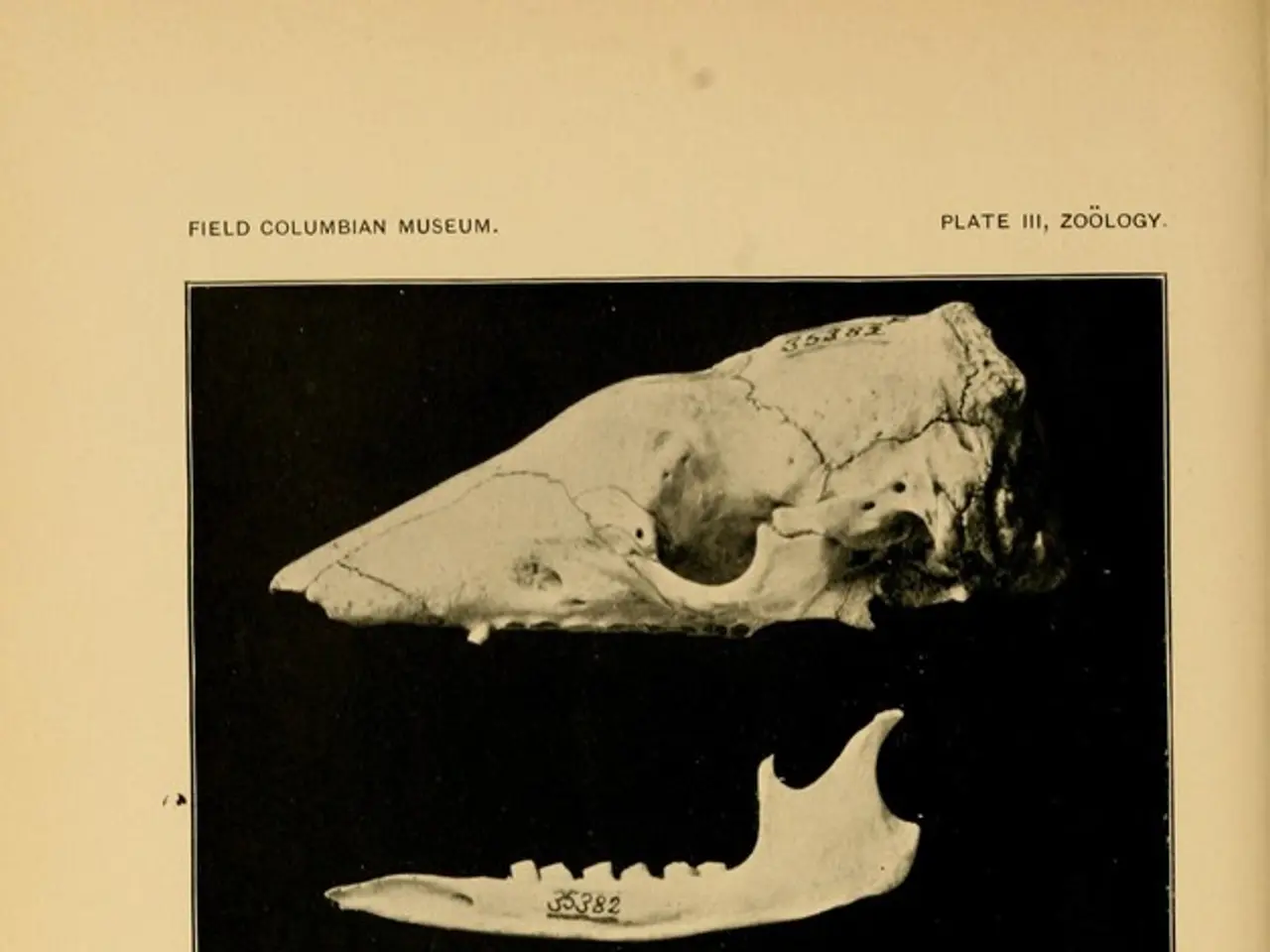Rotator Cuff Afflictions: An Explanation
Rotator cuff disorders, a group of conditions affecting the muscles and tendons that stabilize the shoulder joint, are often caused by a combination of internal and external factors. These conditions, which include tendinitis, bursitis, and tears, can lead to pain, weakness, and limited mobility.
### Repetitive Use and Overuse
Continuous stress from repeated overhead movements, such as those performed by swimmers, painters, baseball players, and construction workers, can cause inflammation, bursitis, or gradual tearing over time. Chronic microtrauma from ongoing overuse can also cause degeneration and, eventually, partial or complete tendon tears.
### Aging and Degeneration
Age-related tendon degeneration is a primary cause of rotator cuff disorders. As tendons naturally become weaker and less resilient with age, they become more susceptible to injury even with minor stress. Chronic wear and tear due to repetitive activities over many years can accelerate this degenerative process.
### Acute Trauma and Injury
Sudden injuries, such as falls, heavy lifting, or direct blows to the shoulder, can cause acute tears or exacerbate existing tendon weakness. Traumatic events may lead to immediate symptoms or precipitate a tear in an already degenerated tendon.
### Anatomical and Biological Factors
Anatomical variations in the shape of the acromion, a bony projection of the scapula, can increase the risk of impingement and tendon damage. Other factors like smoking, poor circulation, diabetes, and genetic predisposition can impair tendon healing and contribute to rotator cuff pathology.
### Less Common Causes
Inflammation (bursitis, tendinitis) from acute overuse or chronic irritation can lead to pain and reduced function, even without a tear. Arthritis and shoulder instability may also cause shoulder pain, but are typically considered separate from primary rotator cuff disorders.
Early recognition and management of risk factors—such as modifying repetitive activities, improving shoulder mechanics, and addressing underlying health issues—can help prevent or minimize the progression of rotator cuff disorders.
The rotator cuff is a group of four muscles and tendons that stabilize the shoulder joint and allow for a wide range of arm movements. Rotator cuff tears can be partial or complete tears of the tendons, often resulting from acute injuries or chronic degeneration.
ICD-10 codes are used for medical billing and documentation, with common codes for rotator cuff disorders including specific codes for each type of disorder. The ICD-10 code for Rotator Cuff Disorder, unspecified is M75.9, while the code for Rotator Cuff Tendinitis is M75.0.
Surgical options for rotator cuff disorders may include arthroscopic repair, tendon transfer, and shoulder replacement. If you experience persistent shoulder pain, weakness, or limited mobility, it's important to consult a healthcare professional.
- Imbalances in health-and-wellness, such as chronic diseases and mental-health conditions, can reduce the body's ability to heal and increase the risk of developing rotator cuff disorders, as some factors like diabetes and poor circulation can impair tendon healing.
- Given the diverse causes of rotator cuff disorders, including science-based factors like aging and degeneration, repetitive use and overuse, acute trauma, and even less common causes like inflammation and anatomical variations, it's crucial for medical professionals to consider a comprehensive approach to treatment, focusing not only on the physical symptoms but also on addressing underlying medical-conditions and mental-health aspects.




